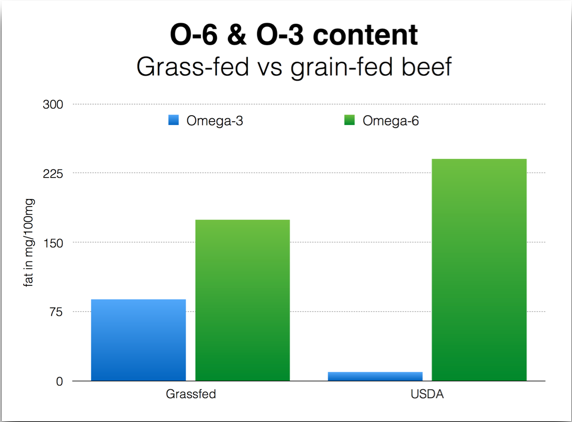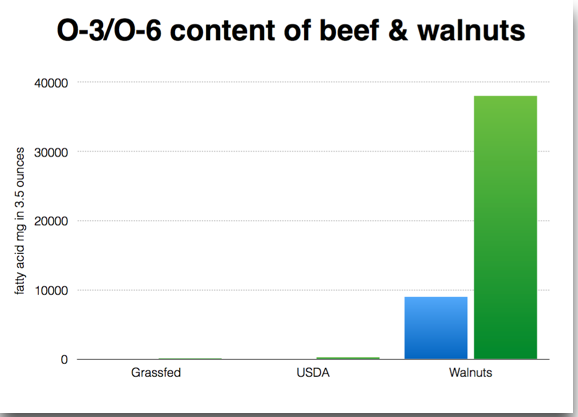All of the beef in my freezer is grass fed till the day they’re slaughtered. I know this because either me or someone in my family raised it. To be honest, when it comes down to flavor between grain and grass finished, I really can’t tell the difference. Maybe my palate isn’t as refined as some.
As far as nutrition, I can see where grass could be healthier due to hormones and toxins in grain but unless one is very sensitive to those things on such a micro cellular level, I don’t see any difference. As long as there’s no sugar in it I’m good.
Now let me educate y’all, on raising cattle, for those not in this lifestyle.
The average rancher lets his or hers cattle graze on whatever is available. It may be grass, weeds, cactus or tree leaves. It all depends on where they are raised. You’d be surprised how many are not raised on lush green pastures.
On the ranches where grass is scarce, west Texas for example, the cattle are supplemented with what we call cake.
Cake contains
Crude Protein, min %|12.0|
|Crude Fat, min %|2.5|
|Crude Fiber, max %|12.0|
|Calcium (Ca), min %|2.1|
|Calcium (Ca), max %|2.6|
|Phosphorus §, min %|0.7|
|Salt (NaCl), min %|1.3|
|Salt (NaCl), max %|1.8|
|Vitamin A, min|20,000 IU/lb.|
|Vitamin D, min|2,000 IU/lb.|
high protein content includes soybean meal, cottonseed meal, and sunflower meal.
Those who don’t get cake will receive some form of grain supplement occasionally. This is year round, not just when they’re finished. Very few cattle, in my experience, are 100% grass fed in cattle raised commercially.
The only ones that may be able to claim 100% grass fed would be the regenerative farmers and the small personal farmers like me.
People say that one of the reasons they don’t want grain finished beef is because of the chemicals and toxins in the grain. Well guess what, anyone cultivating pastures for grazing or raising hay for winter feed use chemical fertilizers and chemical weed killers on that grass. Regenerative farmers excluded. Do those chemicals get into the meat? I don’t know my but it would stand to reason that if there is something in the grain that would affect it then the same should be said for the grass.
Antibiotics and other various drugs are going to be in nearly all cattle. You can not raise cattle without worming them and giving them shots of some kind (antibiotics, vaccines) to keep them healthy, especially when they are younger.
Now I would assume that regenerative farms and maybe some organic farms may have some natural or holistic alternatives to using chemicals and medicines for this but I guarantee that no commercial rancher is going to do that. It’s too costly, too difficult and too unreliable for large herds.
Even my own cattle and sheep get wormed, vaccinated and antibiotics when they get sick and my grasses and hay have been fertilized and had weed killer put on it.
In the good years when we can graze our livestock we have more control over what they eat but in the bad years, like we’ve been having lately, we have to purchase our hay and we have no control over how that grass was grown.
For what they cost to raise and their value at market one can’t afford to lose just one head so that you can eat cleaner. Sorry, it just isn’t going to happen.
So unless you raise your own, you really don’t know for sure what your getting.
Just eat the meat and be happy.




